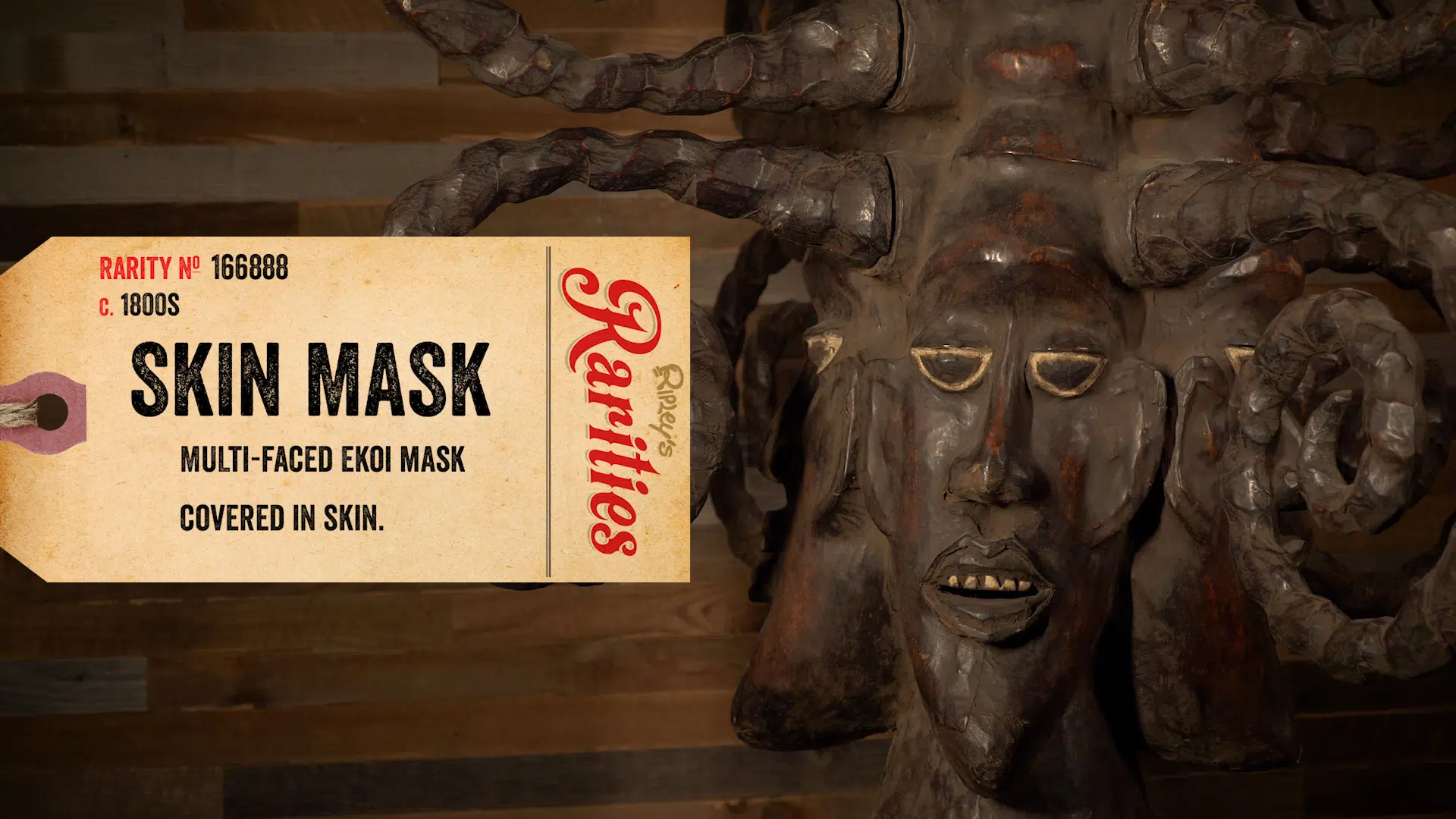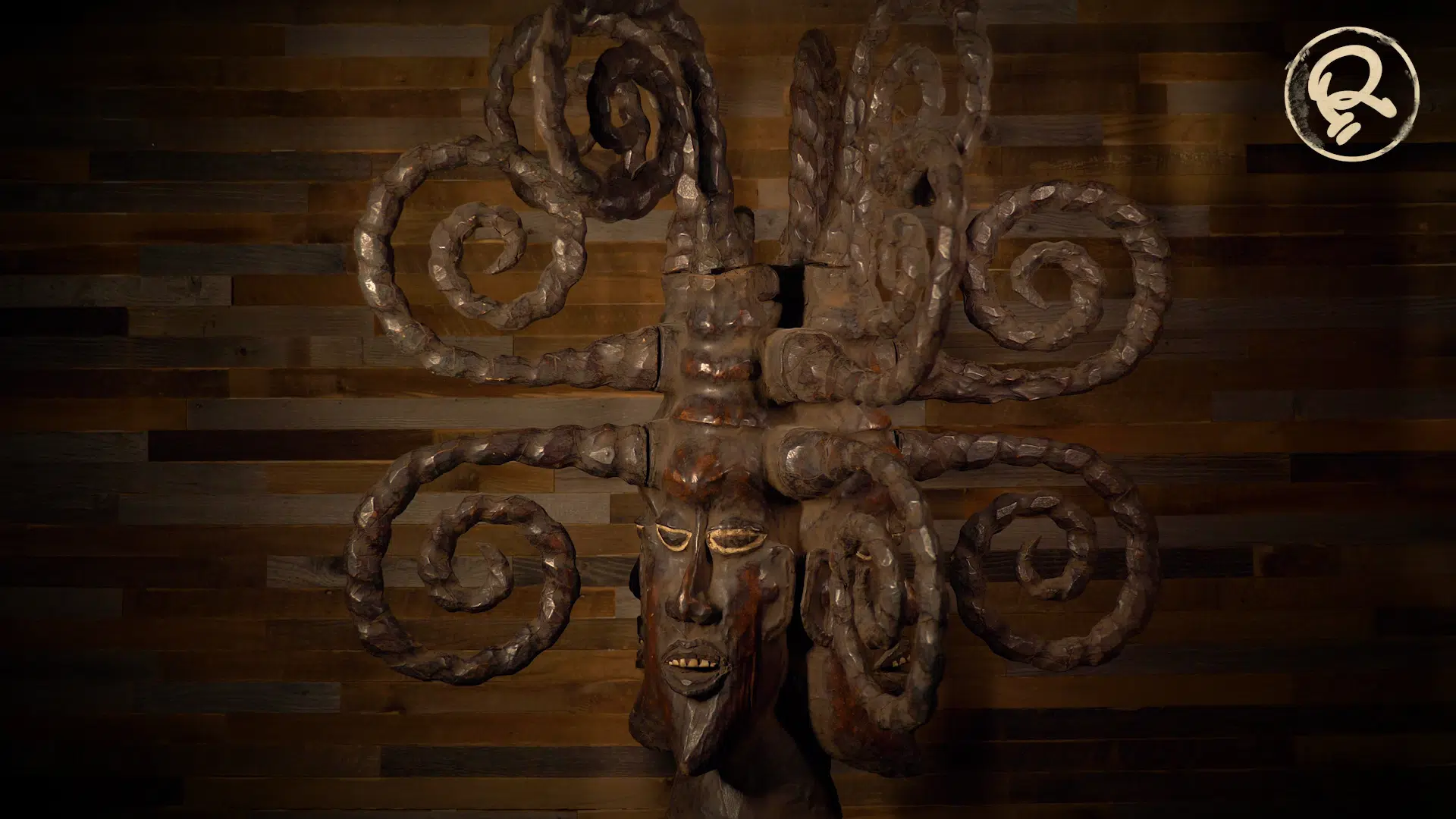Mysterious Origins Of The Ekoi Skin Mask
Featured in Ripley's Believe It or Not!

Skin Masks
The inhabitants of southeast Nigeria and western Cameroon—largely known as the Ekoi for their shared spoken language—carved intricate wooden masks that they covered in strips of skin.




